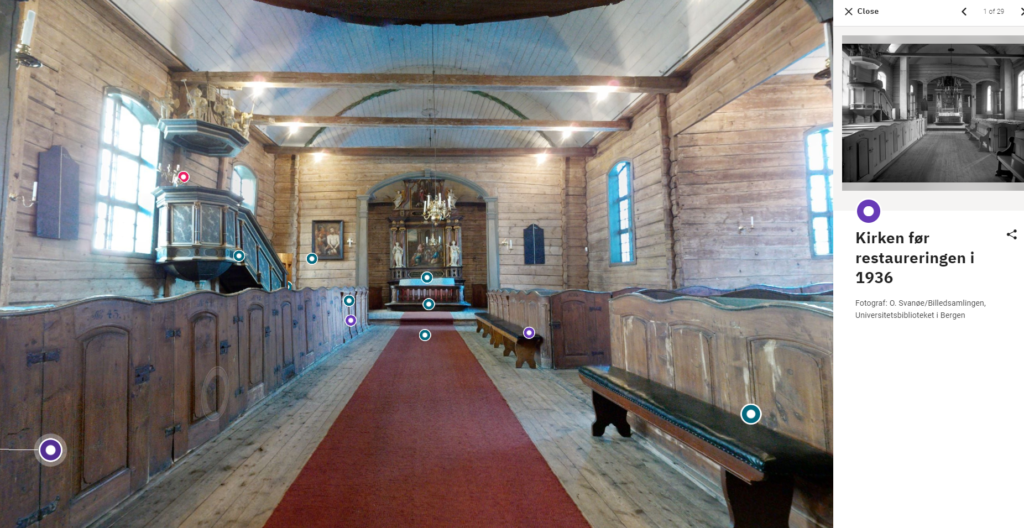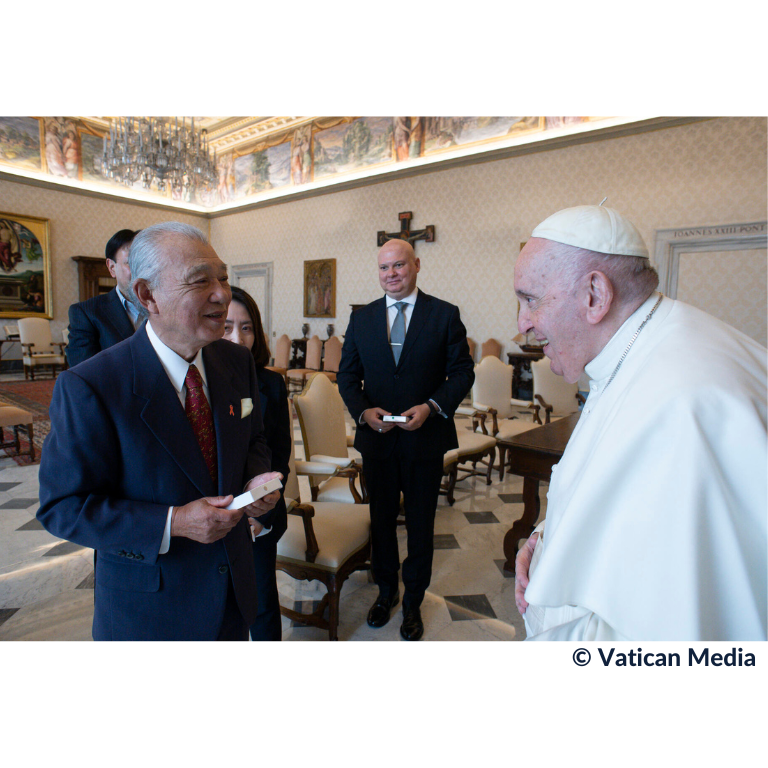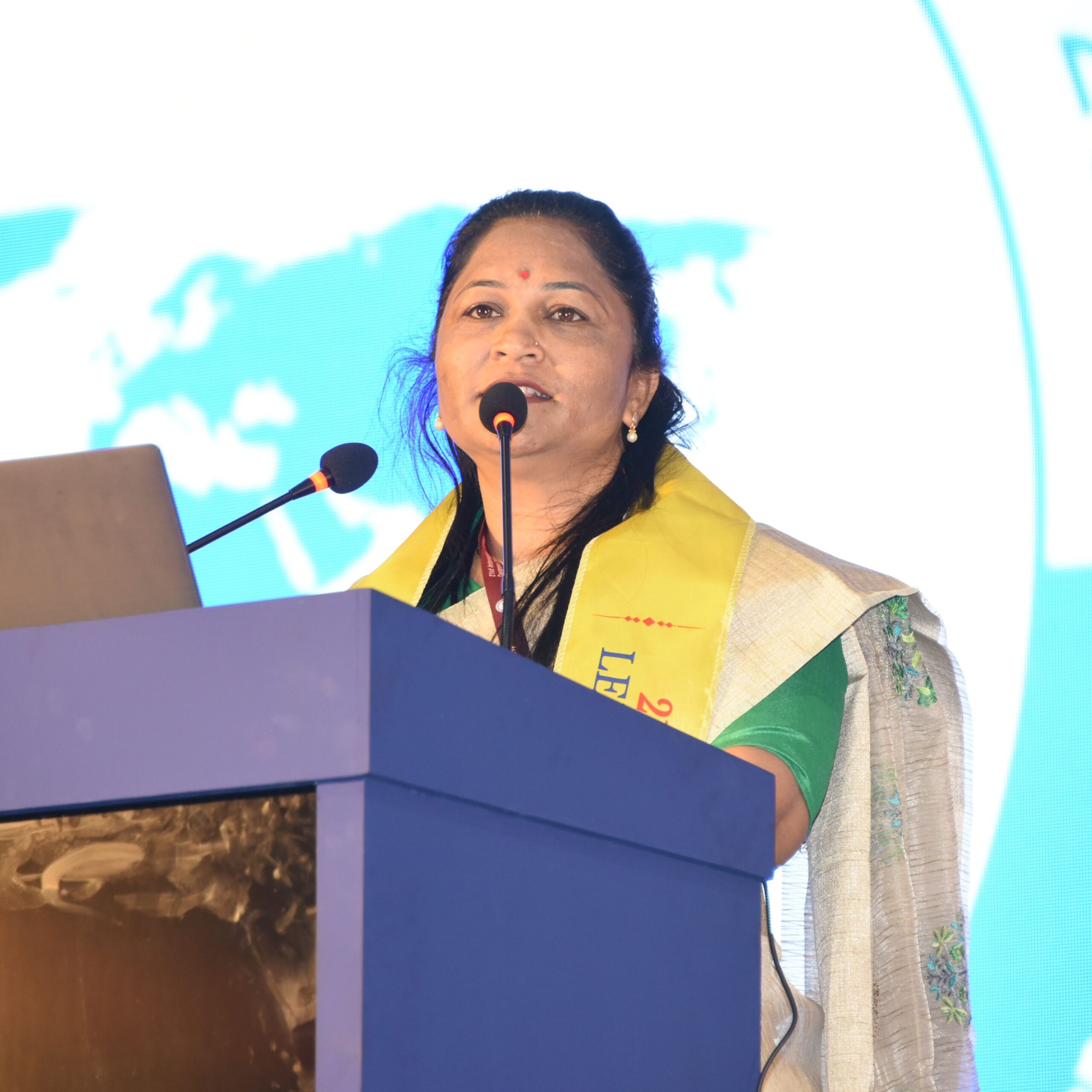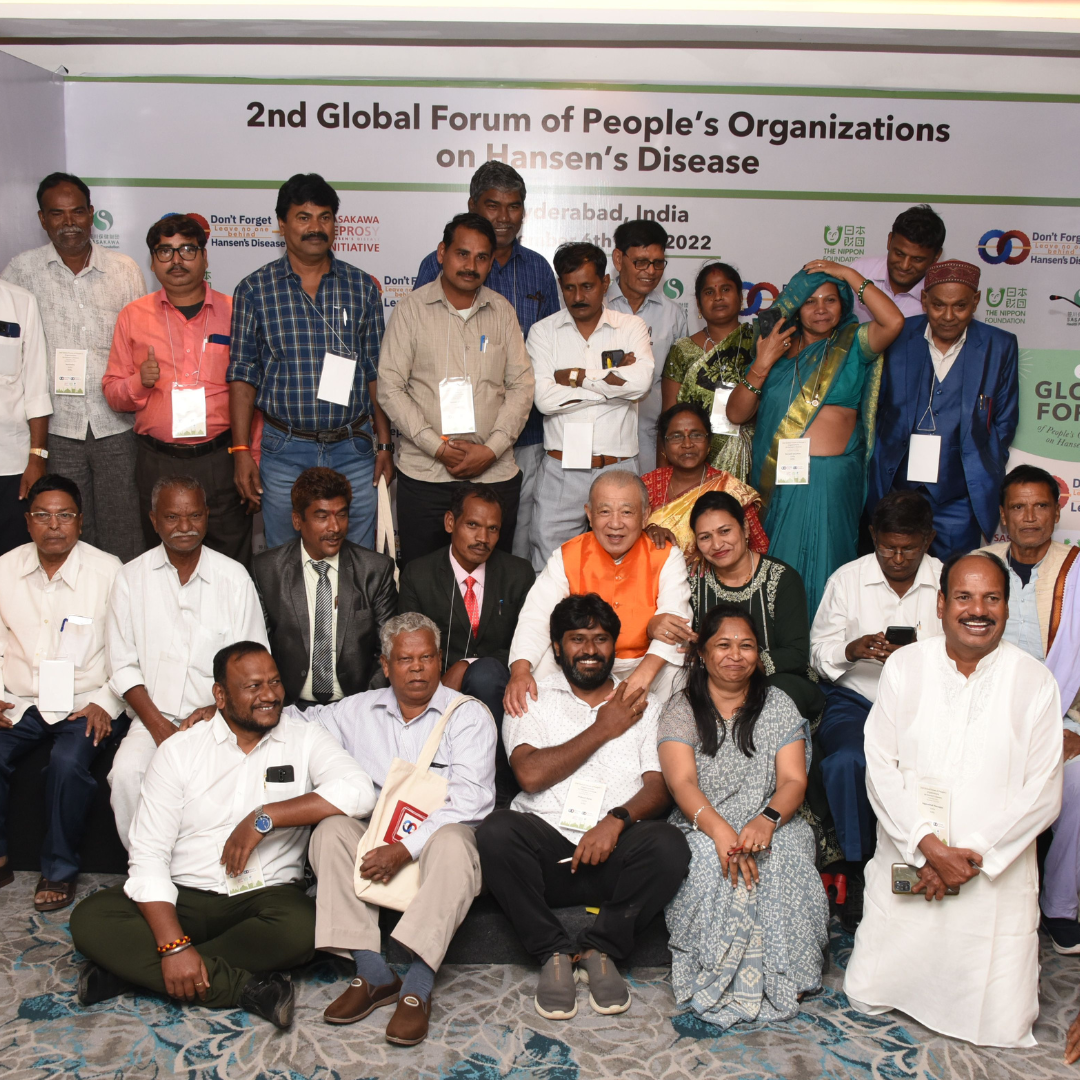Along with Eduardo de Miguel Selma of Fontilles, a leprosy sanatorium established in Spain in 1909 that remains active as a treatment facility and referral center, Sasakawa Health Foundation (SHF) hosted a thematic session as part of the virtual session on “Initiatives to preserve and disseminate the historical heritage of leprosy in Europe.” The session looked at history preservation activities in three countries: Spain, Norway, and Portugal.
Antonio García Belmar of the University of Alicante spoke on “Fontilles Heritage: A worldwide project to fight against exclusion and oblivion.” Since 2017, the Fontilles Foundation and University of Alicante have been collaborating on a heritage project with funding from SHF to preserve and highlight the value of the Fontilles Historical Archive. One result of this collaboration is the portal site “Fontilles and Leprosy in Spain.” Housed in the Miguel de Cervantes Virtual Library hosted by the university, it provides access to an extensive collection of journals, images, documents, testimonies, and objects. The heritage project is dedicated to ensuring that the stories and lived experiences of those affected by the disease are neither excluded nor forgotten.
Grete Eilersen of the Bergen City Museum/Leprosy Museum tackled the topic of “Who are our museums for? Finding new ways to reach a broader audience.” Bergen’s Leprosy Museum opened in 1970 in St. Jørgens Hospital, which served as a leprosy hospital from when it was established in the 15th century until the last residents passed away in 1946. When the museum opened, it focused on Norway’s contribution to leprosy research. It subsequently underwent a transformation, putting the individuals who formed the hospital community in the foreground, while continuing to tell the story of Bergen as a former center of leprosy research and the city where Hansen discovered M. leprae. To reach out to a broader audience and make the museum accessible to those who are not able to visit in person, museum directors are planning to open a virtual museum. The new initiative will make use of 3D imagery and other techniques to engage online visitors.

Cristina Nogueira of Culture Age presented the “Holistic revitalization of the heritage of Hospital Colónia Rovisco Pais.” Rovisco Pais opened in Portugal in 1947 as a self-sufficient hospital colony for treating and researching leprosy. In 1996, it was converted into a rehabilitation medicine center while continuing to provide leprosy services and care for the remaining residents.
The rehabilitation center assumed responsibility for preserving the cultural heritage of the former hospital colony. With funding from SHF, the center restored and inventoried the photographic and documentary archives of the scientific library, collected oral testimonies from former residents and staff, and recovered objects of historical interest. A “Hansen’s Stories” website was created with information about the history of the hospital, oral testimonies, a photo gallery, and a digital library.
To foster engagement with the heritage, a museum was opened in a wing of the old chapel in 2021 and oral testimonies were used to create a traveling exhibition. Based on responses received so far, engagement with the cultural heritage of the hospital colony encourages critical thinking and learning.
With support from SHF, European institutions — led by Fontilles and including the museum in Bergen and Rovisco Pais — are working toward the creation of a regional network for history preservation.









